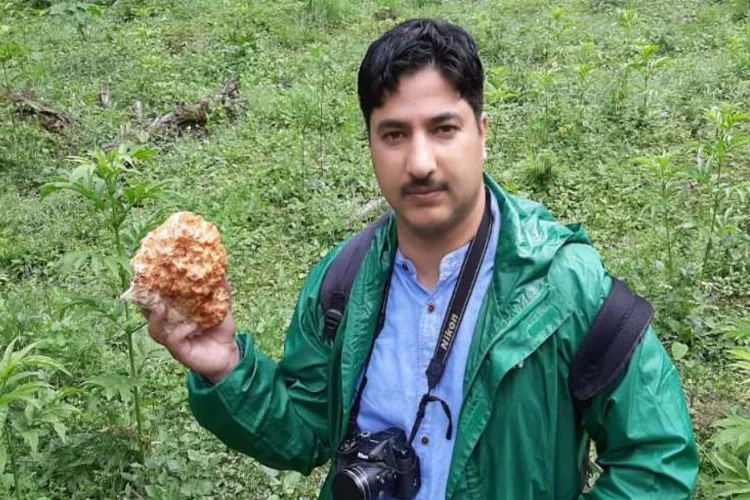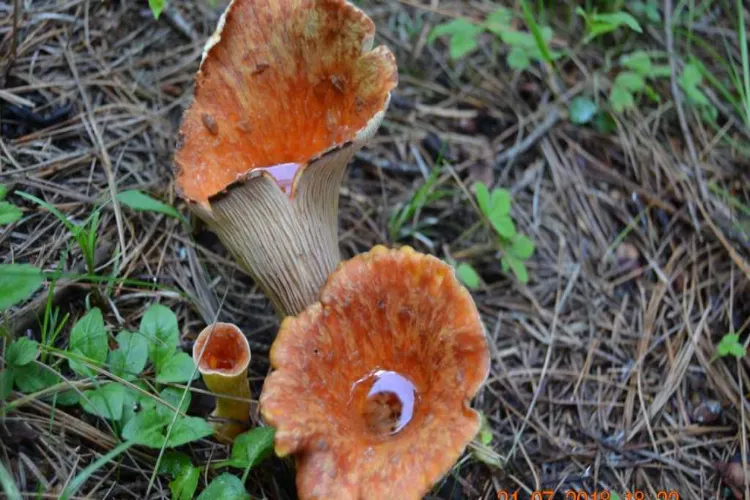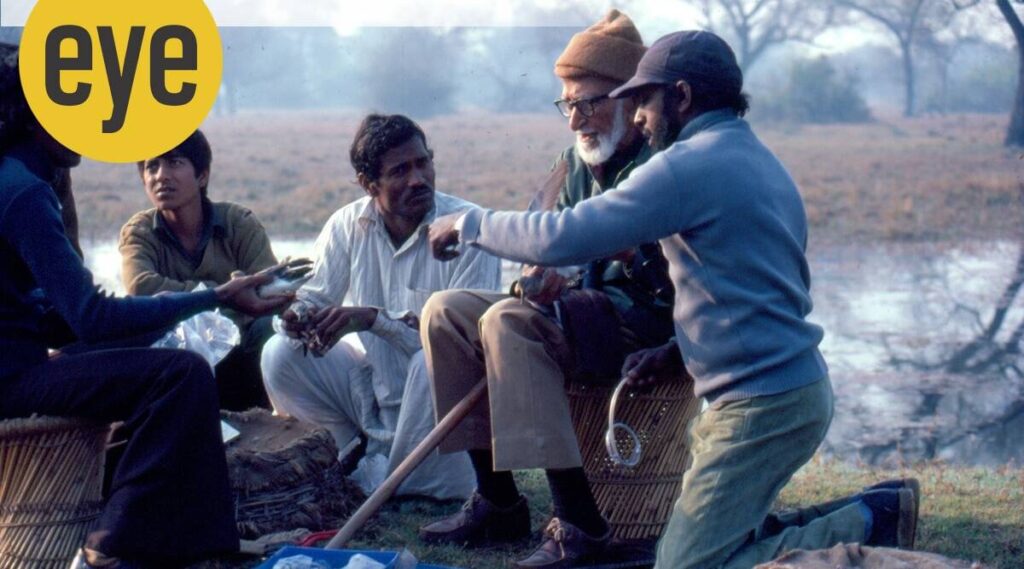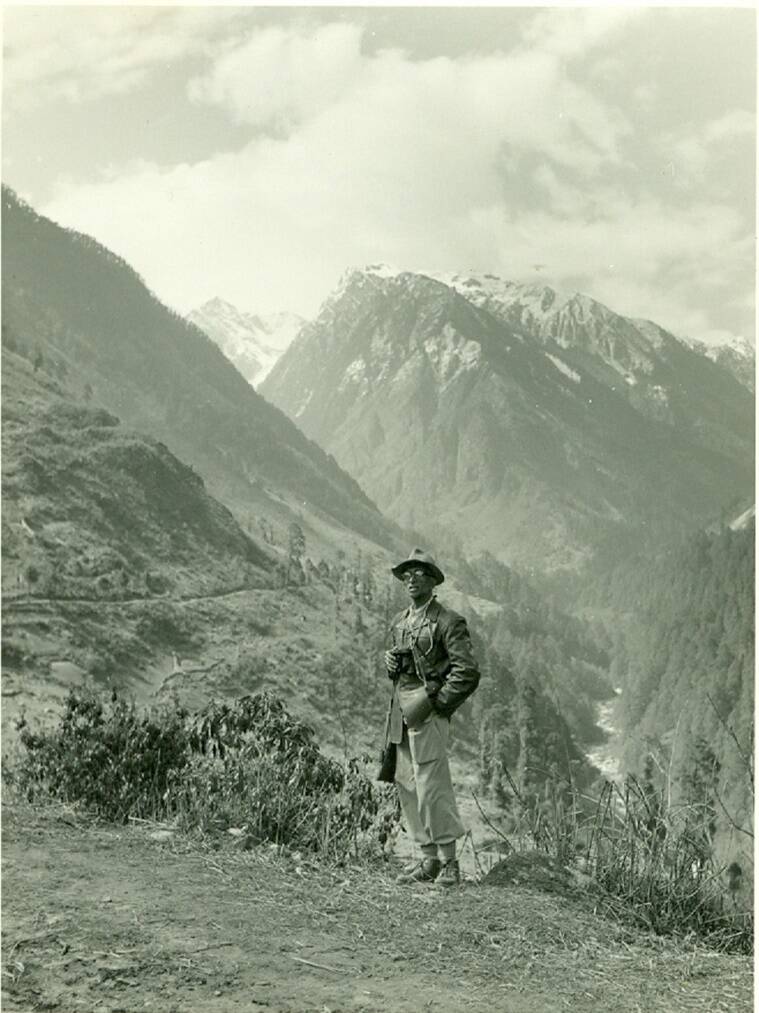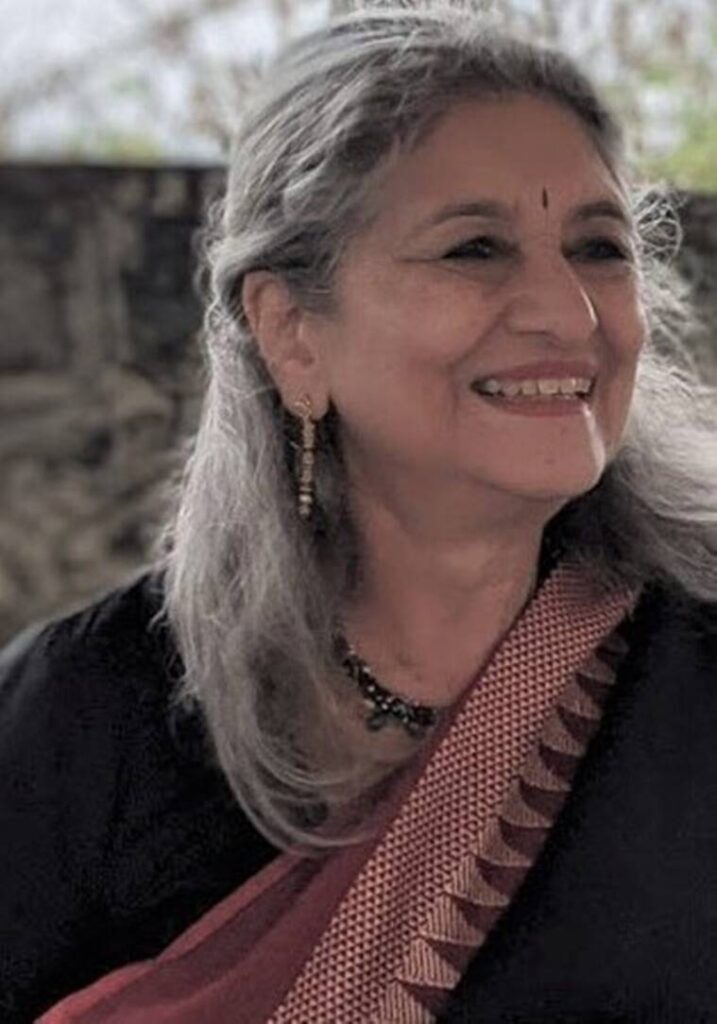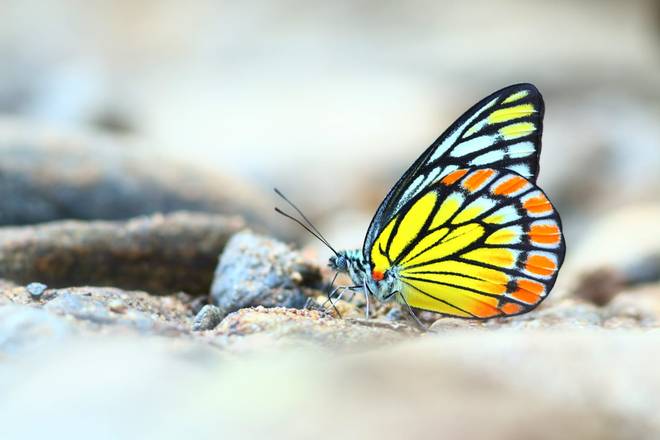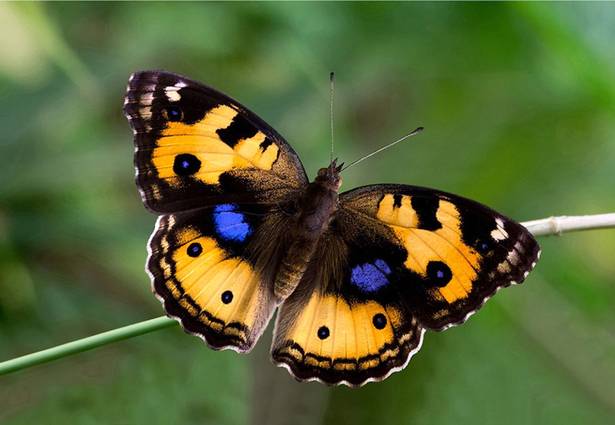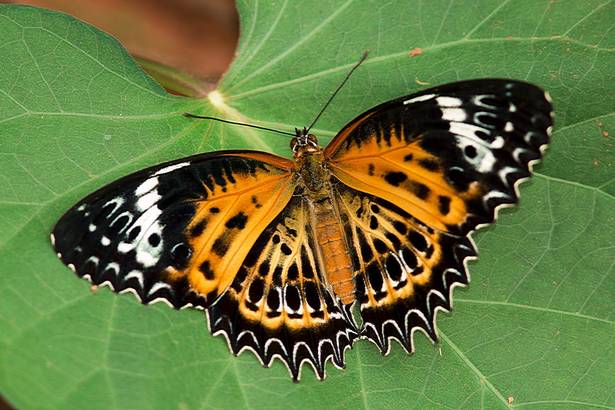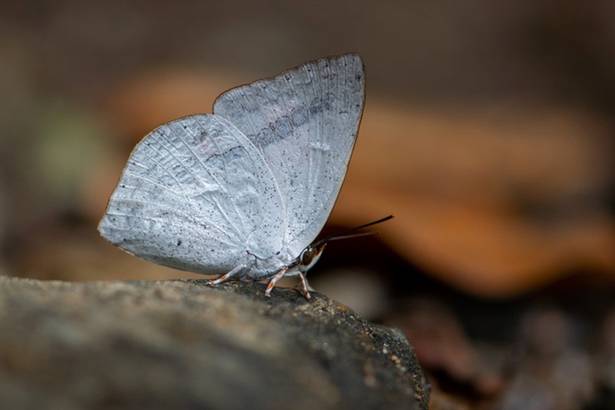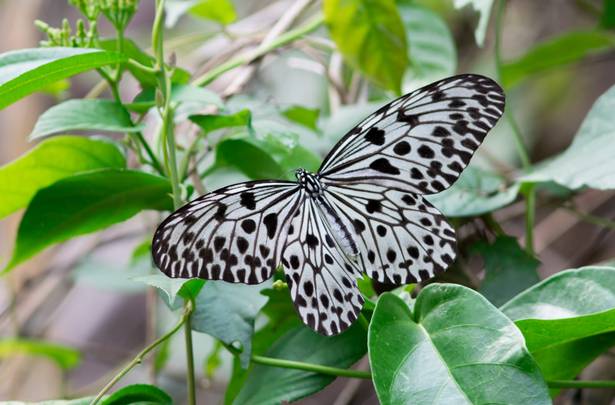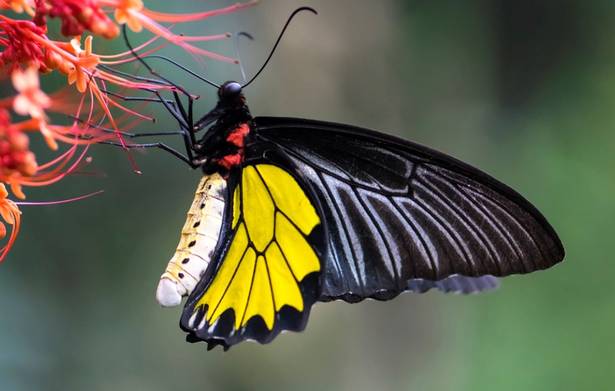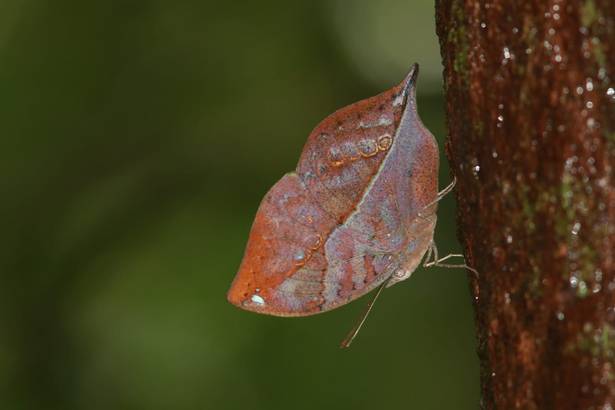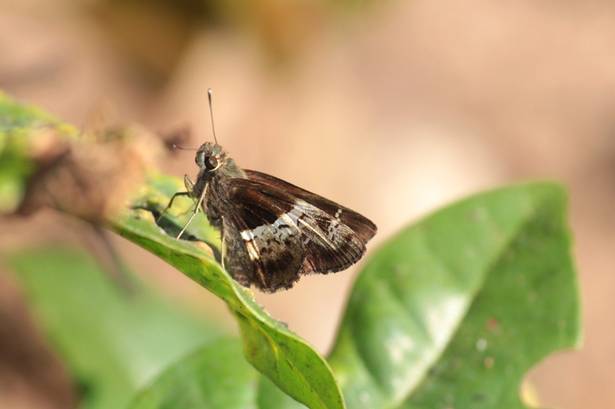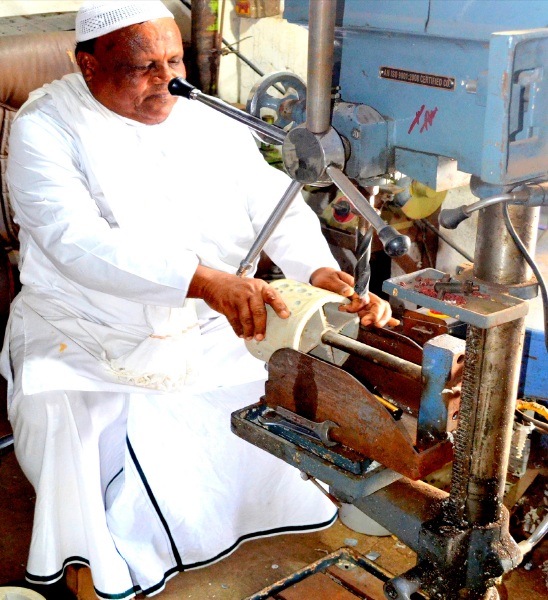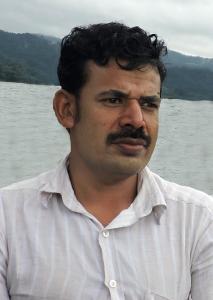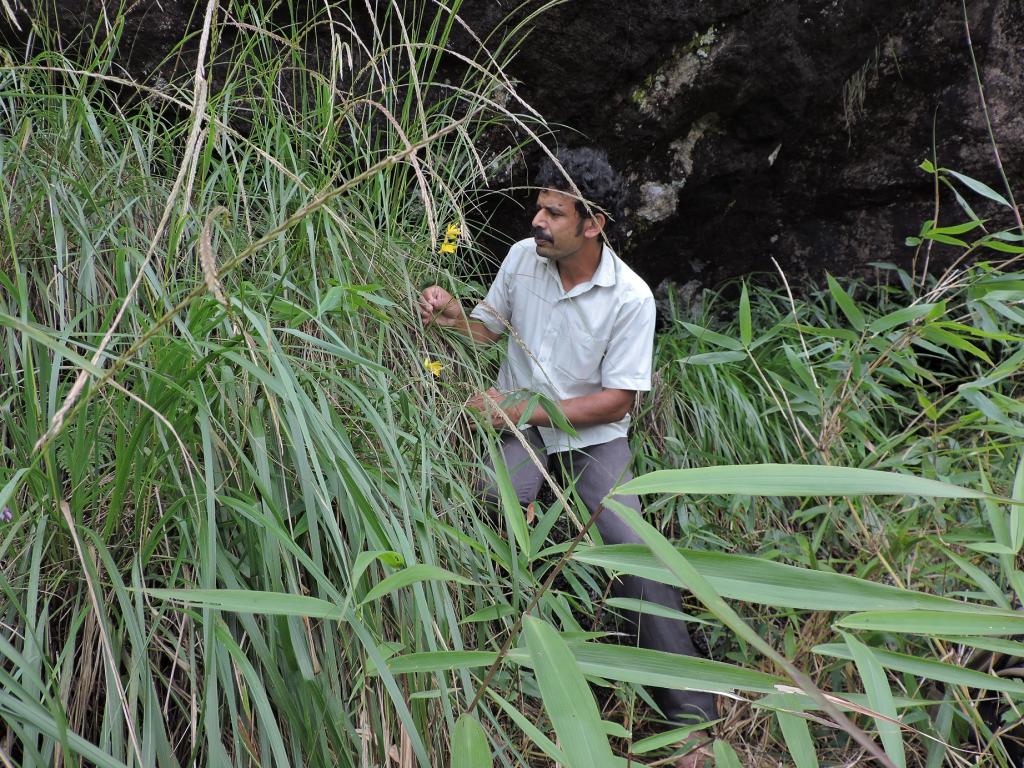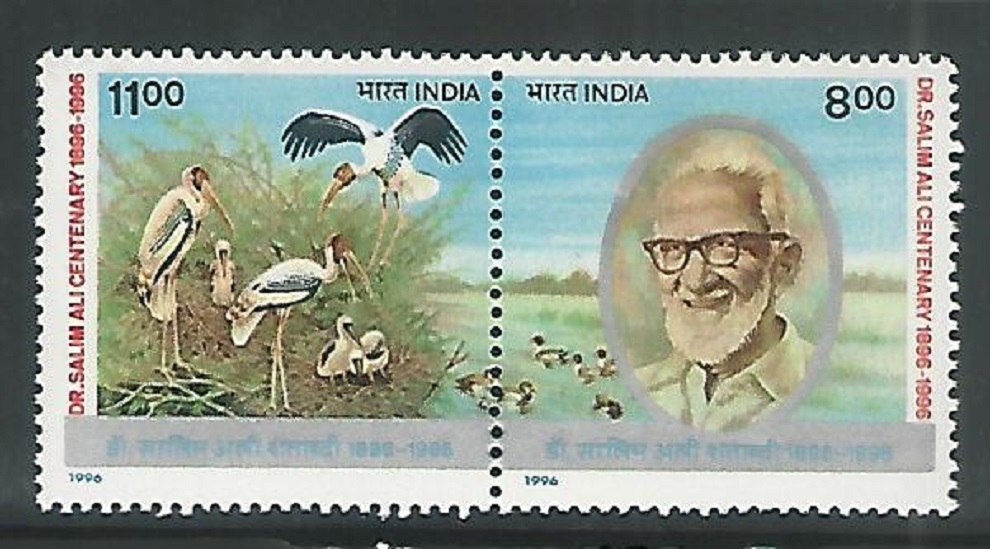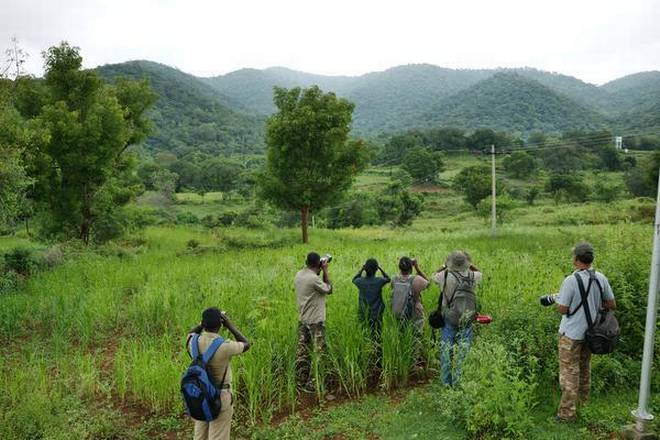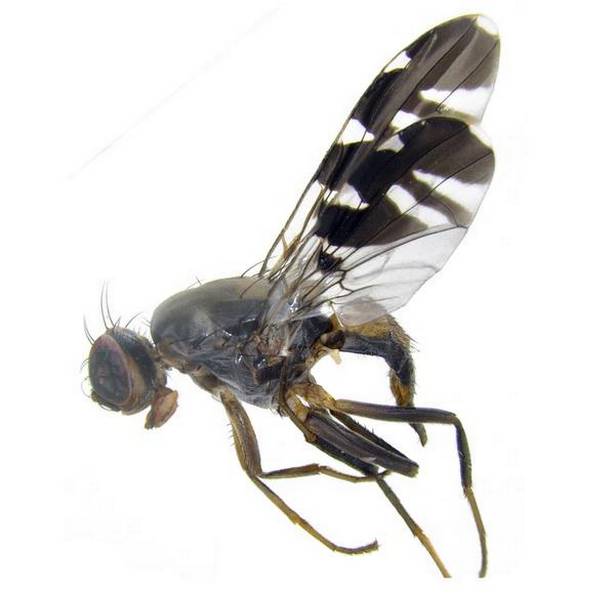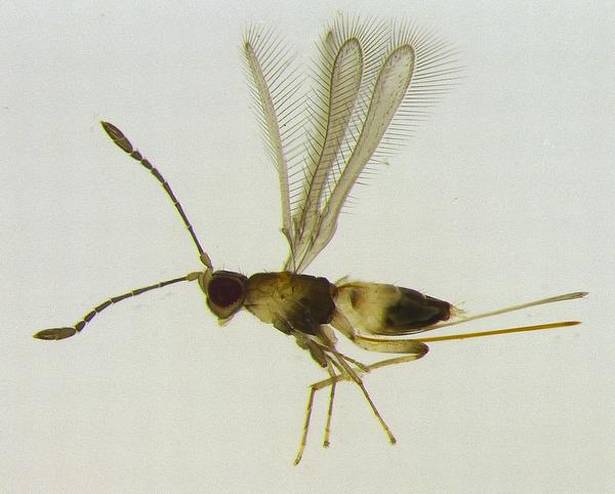Tirunelveli, TAMIL NADU :
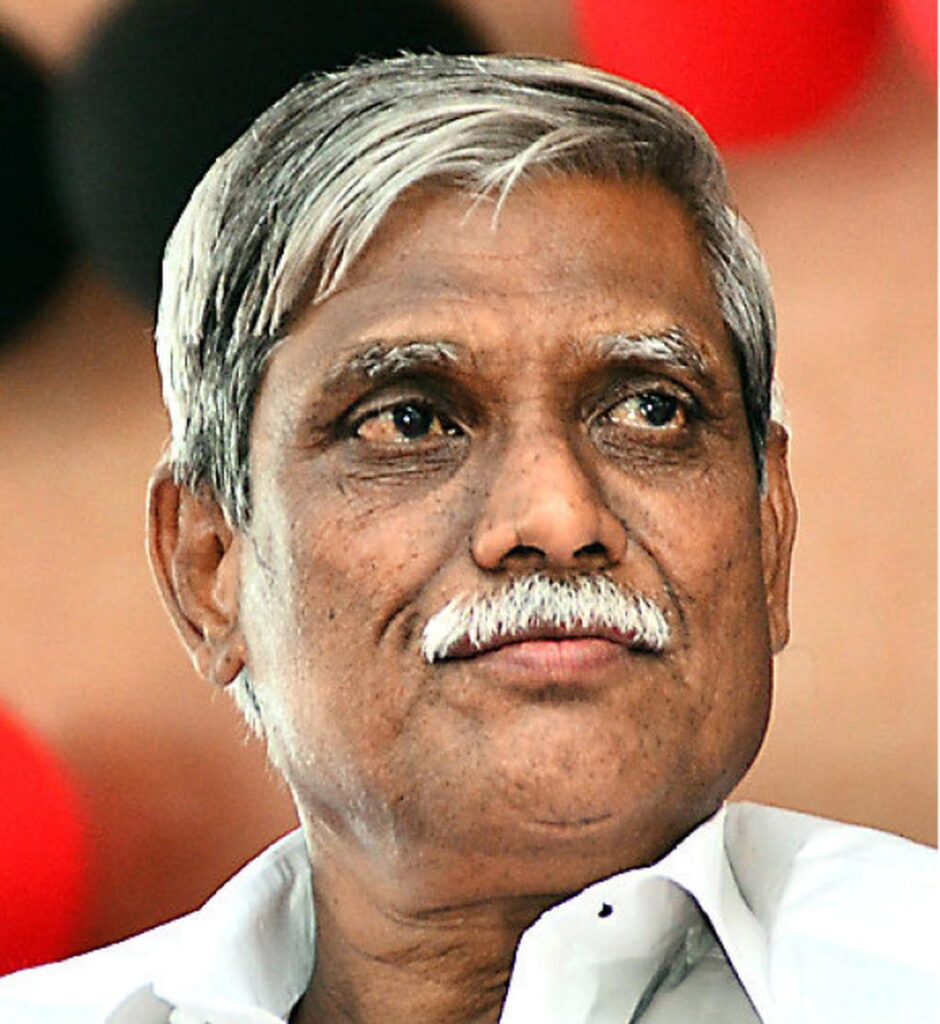
A social worker for Thoothukudi and a retired teacher for Nagercoil
The Marumalarchi Dravida Munnetra Kazhagam, a constituent of Desiya Murpokku Dravida Kazhagam – People’s Welfare Front, has fielded party’s Tirunelveli city district secretary K.M.A. Nizam, popularly known among the Palayamkottai residents as ‘Nizam Maama.’
Though he has not contested any election in the past, Mr. Nizam, a Grade I contractor, has held various positions in the party and is quite popular among the residents of Palayamkottai, thanks to his ‘helping tendency,’ especially to the needy.
When over 3,000 government employees and the teachers laid siege to the Collectorate recently as part of their Statewide indefinite strike, Mr. Nizam provided them lunch – both vegetarian and non-vegetarian, tea and dinner for two days.
Whenever he is approached for providing lunch for the participants of conferences, seminars in colleges here, he would oblige gleefully, saying that those who teach the younger generation should not be allowed to run from pillar to post for their professional needs.
Mr. Nizam will take on DMK’s T.P.M. Mohideen Khan and AIADMK’s A. Thamizh Magan Hussein.
The MDMK has nominated former MLA T. Sadan Thirumalaikumar, a doctor, at Sankarankovil (reserved) segment. He was elected to the Assembly from neighbouring Vasudevanallur (reserved) constituency in 2006 and had unsuccessfully contested the Lok Sabha polls at Tenkasi (1991 and 2014), Assembly polls at Rajapalayam (1996) and Assembly by-poll in Sankarankovil (2012).
Nagercoil
Marumalarchi Dravida Munnetra Kazhagam has fielded a retired teacher, Rani Selwyn, in Nagercoil constituency.
Ms. Rani is the State deputy secretary of the party’s women’s wing. She unsuccessfully contested for the post of Nagercoil Municipal Chairperson in 1986 and 1996.
The party has fielded 68-year old Sampath Chandra, chairman of the Kanyakumari District Central Cooperative Bank, in Colachel constituency.
Tuticorin
Marumalarchi Dravida Munnetra Kazhagam , a strong ally of DMDK –PWF, has fielded Fathima Babu (64), former Associate Professor of English, St. Mary’s College, in Thoothukudi. Ms. Babu is a familiar face in Thoothukudi. She is a social worker and an environmental activist. Thoothukudi Mayoral election during 2011 saw Ms. Babu as one of key contenders.
She has held various responsibilities such as Executive Committee Member of Thoothukudi Town Beautification, Senate member of Manonmaniam Sundaranar University, and State Convener of Fishermen Movements of Tamil Nadu and Puducherry. This candidate was conferred with ‘Greenpeace International Award’ in recognition of her efforts to protect the planet’s environment. Thoothukudi district administration honoured her at the Republic Day celebration in 2011 for outstanding social service.
source: http://www.thehindu.com / The Hindu / Home> News> National> Tamil Nadu / by Madurai Bureau / Tirunelveli / April 17th, 2016
